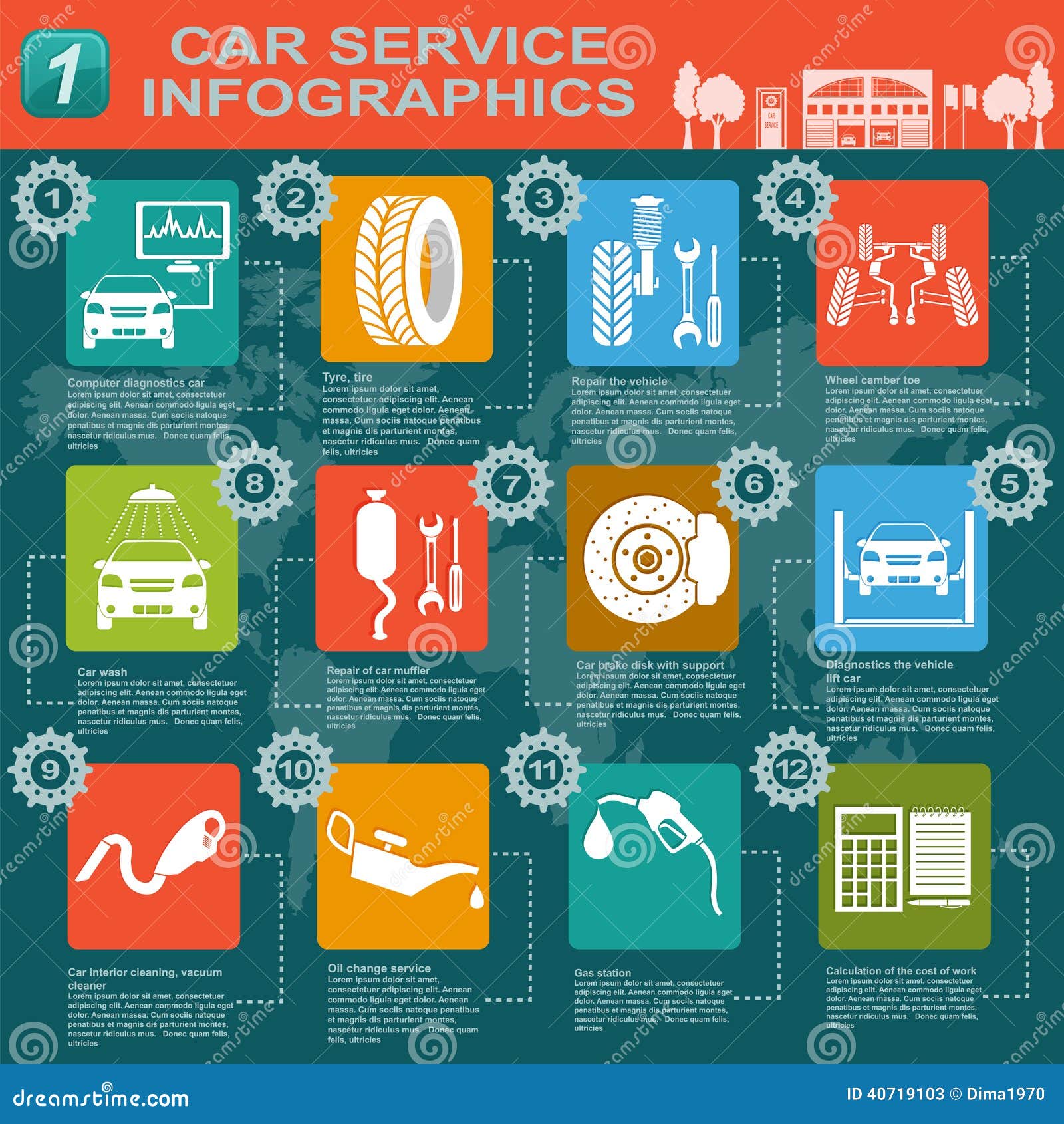Wondering Regarding The Significance Behind Those Control Panel Warning Lights? Gain Insights Right Into Their Effects For Your Automobile'S Security And Maintenance
Wondering Regarding The Significance Behind Those Control Panel Warning Lights? Gain Insights Right Into Their Effects For Your Automobile'S Security And Maintenance
Blog Article
Content By-Lim Kejser
When you lag the wheel, those radiant caution lights on your dashboard can be a bit complicated. Do you know what they're attempting to tell you concerning your auto's health? Understanding the relevance of these lights is crucial for your safety and the long life of your automobile. So, the next time among those lights turns up, wouldn't you intend to analyze its message accurately and take the required actions to address it?
Common Caution Lighting and Interpretations
Recognize common caution lights in your auto and understand their significances to guarantee secure driving.
The most typical caution lights include the check engine light, which signifies problems with the engine or emissions system. If this light comes on, it's important to have your car checked without delay.
The oil stress alerting light indicates reduced oil pressure, requiring prompt attention to stop engine damages.
A blinking battery light may recommend a malfunctioning billing system, potentially leaving you stranded if not attended to.
The tire stress tracking system (TPMS) light informs you to reduced tire pressure, influencing vehicle security and fuel efficiency. Ignoring this might bring about hazardous driving problems.
The abdominal muscle light shows an issue with the anti-lock stopping system, compromising your capacity to quit quickly in emergency situations.
Last but not least, the coolant temperature level cautioning light warns of engine getting too hot, which can lead to severe damage otherwise dealt with quickly.
Understanding autocarwashauckland will aid you attend to problems quickly and preserve risk-free driving conditions.
Significance of Prompt Interest
Understanding the usual warning lights in your auto is just the primary step; the significance of immediately dealing with these cautions can not be stressed sufficient to ensure your safety on the road.
When a caution light brightens on your control panel, it's your vehicle's method of interacting a possible issue that needs focus. Ignoring these warnings can cause extra extreme issues later on, endangering your security and possibly costing you a lot more out of commission.
Trigger attention to warning lights can stop failures and mishaps. As an example, a blinking check engine light could suggest a misfire that, if left neglected, can cause damage to the catalytic converter. Addressing this promptly can save you from an expensive fixing.
In a similar way, a brake system warning light might indicate low brake liquid or used brake pads, critical components for your safety and security when driving.
DIY Troubleshooting Tips
If you notice a caution light on your control panel, there are a few do it yourself troubleshooting ideas you can try before looking for specialist aid.
https://frontbrakesandrotors39406.like-blogs.com/30140971/unsure-concerning-choosing-an-auto-repair-shop-explore-expert-recommendations-on-just-how-to-identify-reliable-alternatives-in-your-vicinity-that-will-relieve-your-concerns is to consult your vehicle's handbook to comprehend what the specific caution light shows. Sometimes the issue can be as easy as a loosened gas cap activating the check engine light. Tightening up the gas cap might deal with the problem.
An additional typical concern is a reduced battery, which can set off numerous alerting lights. Checking the battery links for rust and ensuring they're secure might deal with the problem.
If a caution light persists, you can try resetting it by separating the auto's battery for a couple of mins and after that reconnecting it. In addition, inspecting your automobile's fluid levels, such as oil, coolant, and brake liquid, can aid fix cautioning lights associated with these systems.
Verdict
In conclusion, recognizing your auto's caution lights is necessary for maintaining your automobile running efficiently and securely. By promptly attending to these alerts and understanding what they mean, you can avoid pricey fixings and possible breakdowns.
Keep in mind to consult your car's manual for particular details on each alerting light and take action accordingly to make certain a hassle-free driving experience.
Keep educated, stay safe on the road!
